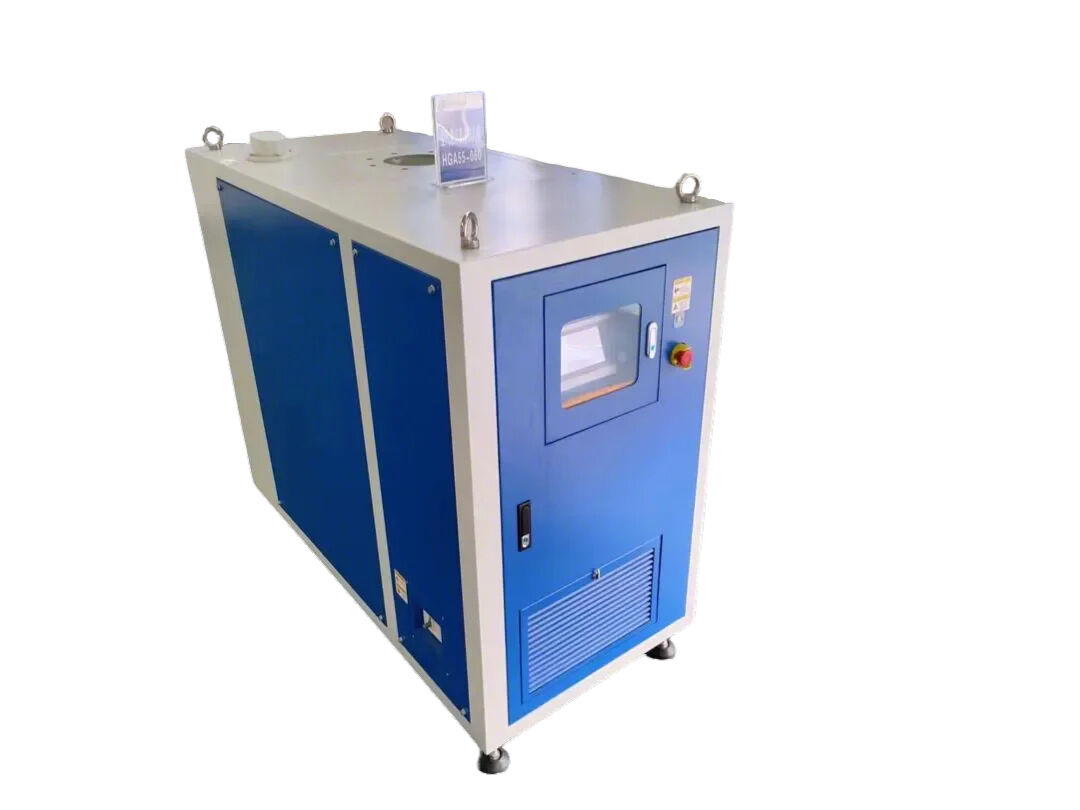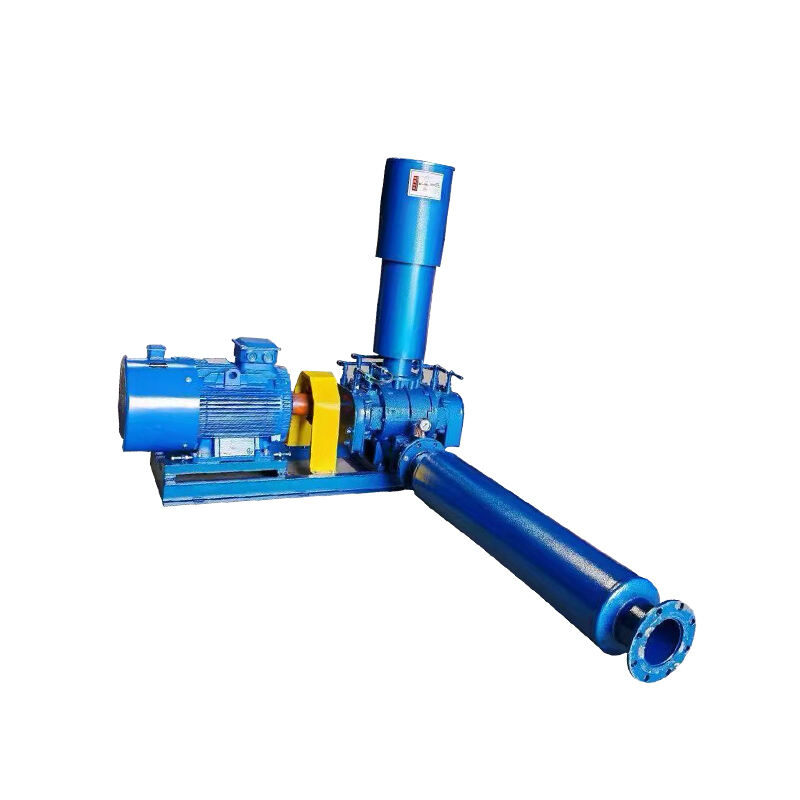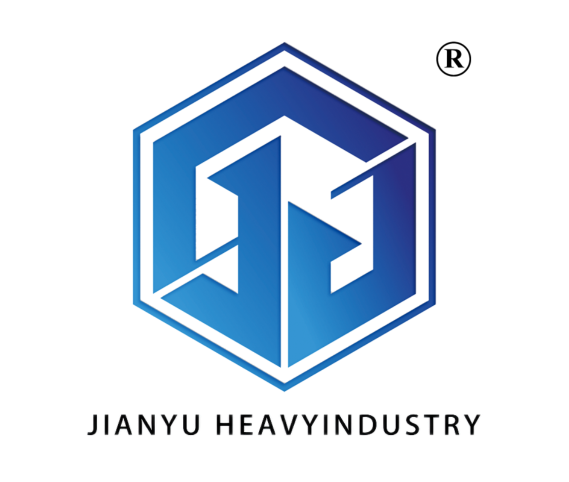pneumatic conveying design
Pneumatic conveying design represents a sophisticated engineering solution for transporting dry bulk materials through enclosed pipelines using compressed air or gas as the carrying medium. This system efficiently moves materials like powders, granules, and bulk solids across industrial facilities with minimal product degradation. The design incorporates crucial elements including air compressors, rotary airlocks, pipeline networks, and receiving vessels, all working in harmony to ensure reliable material flow. Modern pneumatic conveying systems utilize advanced pressure differential principles, operating in either positive or negative pressure modes to accommodate various material characteristics and distance requirements. The technology features state-of-the-art controls for monitoring material flow rates, air pressure, and system performance in real-time, ensuring optimal operation and energy efficiency. These systems find widespread application across numerous industries, including food processing, pharmaceutical manufacturing, chemical processing, and cement production. The versatility of pneumatic conveying design allows for both horizontal and vertical material transport, making it an ideal solution for complex facility layouts where traditional mechanical conveying methods may be impractical.



